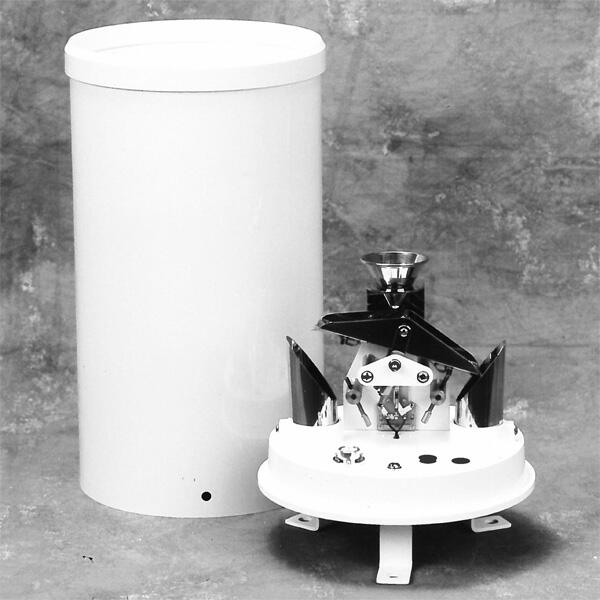
# Rain Gauge Description: Understanding Its Function and Importance
A rain gauge is a simple yet essential tool used to measure the amount of precipitation that falls over a specific period. Whether you’re a weather enthusiast, a farmer, or a researcher, understanding how a rain gauge works and its importance can provide valuable insights into weather patterns and water management.
## What is a Rain Gauge?
A rain gauge is a meteorological instrument designed to collect and measure rainfall. It typically consists of a cylindrical container with a funnel at the top to direct rainwater into a measuring tube. The collected water is then measured in millimeters or inches, providing an accurate reading of the precipitation.
## Types of Rain Gauges
There are several types of rain gauges, each with its own method of measuring rainfall:
– Standard Rain Gauge: This is the most common type, featuring a funnel that directs water into a graduated cylinder. It is manually read and provides precise measurements.
– Tipping Bucket Rain Gauge: This type uses a small bucket that tips when it fills with a specific amount of water. Each tip is recorded electronically, making it suitable for automated weather stations.
– Weighing Rain Gauge: This gauge measures the weight of the collected water, which is then converted into a rainfall measurement. It is highly accurate and often used in research settings.
– Optical Rain Gauge: This advanced type uses light beams to detect and measure raindrops as they fall, providing real-time data.
## How Does a Rain Gauge Work?
The basic principle of a rain gauge is straightforward. When it rains, water falls into the funnel and is collected in the measuring tube. The amount of water collected is then measured using a scale marked on the tube. For more advanced gauges, such as the tipping bucket or optical types, electronic sensors record the data automatically.
## Importance of Rain Gauges
Rain gauges play a crucial role in various fields:
– Agriculture: Farmers rely on rainfall data to make informed decisions about irrigation and crop management.
– Hydrology: Hydrologists use rain gauges to study water cycles, predict floods, and manage water resources.
– Weather Forecasting: Meteorologists use rainfall data to improve weather predictions and understand climate patterns.
– Urban Planning: Accurate rainfall measurements help in designing effective drainage systems and preventing urban flooding.
## Conclusion
Understanding the function and importance of a rain gauge is essential for anyone involved in weather monitoring, agriculture, or water resource management. By providing accurate measurements of precipitation, rain gauges help us make informed decisions and better understand our environment. Whether you’re using a simple manual gauge or an advanced electronic model, the data collected is invaluable for a wide range of applications.
Keyword: rain gauge description
